目次
- 1 Iran’s Missing 409kg Uranium: Nuclear Crisis Escalates
- 1.1 The Missing Enriched Uranium: The Threat of 409kg
- 1.2 Collapse of IAEA Monitoring: Nuclear Activities No Longer Visible
- 1.3 The Full Picture of Israel’s “Rising Lion Operation”
- 1.4 Attacks on Nuclear Facilities: Detailed Damage Assessment
- 1.5 Human Casualties and Assassination Operations
- 1.6 Why Iran’s Nuclear Development Is a Serious Problem Now
- 1.7 The Collapse of JCPOA (Nuclear Deal)
- 1.8 International Response: Division and Powerlessness
- 1.9 Economic Impact and Energy Security
- 1.10 Nuclear Security and Wartime Challenges
- 1.11 Future Developments: Three Scenarios
- 1.12 Director General Grossi’s Complex Position
- 1.13 Implications for Japan: Three Perspectives
- 1.14 Conclusion: International Community at History’s Crossroads
Iran’s Missing 409kg Uranium: Nuclear Crisis Escalates
In June 2025, Rafael Grossi, Director General of the International Atomic Energy Agency (IAEA), made a shocking announcement. The whereabouts of 409 kilograms of Iran’s highly enriched uranium—equivalent to material for 10 nuclear warheads—can no longer be confirmed. This situation fundamentally threatens Middle East security and could deal a serious blow to the nuclear non-proliferation regime.
The Missing Enriched Uranium: The Threat of 409kg
The uranium in question was supposed to be under strict IAEA monitoring at an underground facility in Isfahan. However, due to Israel’s large-scale military operation “Rising Lion” launched on June 13, 2025, inspectors can no longer continue their on-site work.
Director General Grossi explained, “During wartime, all nuclear-related facilities are closed, and inspections or normal operations cannot be conducted at all.” More concerning is that Iran had previously warned they might move the stockpile if Israel attacked.
Technical Significance of 409kg
According to the IAEA’s comprehensive report published on May 31, 2025, Iran’s 60% enriched uranium stockpile reached 408.6 kilograms in February 2025, a 50% increase from the previous period. To understand the severity of this figure, consider these facts:
- 60% enrichment is extremely close to the 90% weapons-grade level and technically easy to convert
- Civilian reactors only require 3-5% enrichment
- Theoretically, this amount could produce 10 nuclear warheads
- Iran is the only non-nuclear weapon state producing highly enriched uranium
Western diplomatic sources note: “Iran’s significant increase in 60% enriched uranium production capacity is extremely serious, lacks credible civilian justification, and could directly support a nuclear weapons program.”
Collapse of IAEA Monitoring: Nuclear Activities No Longer Visible
The IAEA’s monitoring capability over Iran’s nuclear activities has been severely compromised for the following reasons:
Loss of Monitoring Capability Since 2021
- Since February 16, 2021: Unable to accurately verify Iran’s enriched uranium inventory
- February 23, 2021: Iran suspended implementation of JCPOA commitments and provisional application of Additional Protocol
- June 2022: Iran removed all IAEA JCPOA-related surveillance and monitoring equipment
As a result, the IAEA has lost continuity of knowledge regarding production and inventory of centrifuges, rotors, bellows, heavy water, and uranium ore concentrate (UOC), and cannot recover it. With Iran’s suspension of the Additional Protocol’s provisional application, the IAEA cannot conduct complementary access to any sites or locations in Iran.
Undeclared Sites Issue
The IAEA notes that Iran has not provided “technically credible explanations” for nuclear material and activities at three undeclared locations:
- Turquzabad
- Varamin
- Marivan
Furthermore, Iran has repeatedly rejected the designation of experienced IAEA inspectors, seriously affecting effective verification activities.
The Full Picture of Israel’s “Rising Lion Operation”
The operation launched on June 13, 2025, is evaluated as an “unprecedented, all-encompassing military and intelligence operation” aimed at physically destroying Iran’s nuclear capabilities.
Operation Name’s Meaning and Objectives
The name “Rising Lion” derives from the “Lion and Sun,” Iran’s national emblem before the 1979 Islamic Revolution. This was intended as an appeal to the Iranian people, with psychological warfare aspects aimed at provoking opposition to the current regime.
Prime Minister Netanyahu positioned Iran’s nuclear program as “a clear and imminent threat to Israel’s existence,” declaring the operation would “continue for as many days as necessary.” Defense Minister Israel Katz described the attack as “preemptive measures for self-defense.”
Scale and Methods of Attack
The operation included the following comprehensive elements:
- Airstrikes: Attacked over 250 targets
- Sabotage operations: Activities by operatives inside Iran
- Cyber attacks: Attacks on Iranian information systems
- Assassination operations: Targeting nuclear scientists and military officials
Attacks on Nuclear Facilities: Detailed Damage Assessment
Natanz Nuclear Facility
Located in central Iran, Natanz is the center of Iran’s nuclear development. The June 13, 2025 attack resulted in:
- Complete destruction of above-ground portions of the Pilot Fuel Enrichment Plant (PFEP) that enriched uranium up to 60%
- Devastation of electrical infrastructure (including substations, main power building, emergency power, and backup generators)
- While underground centrifuge cascades showed “no traces of physical attack,” approximately 15,000 centrifuges likely suffered damage or destruction due to power loss
- Radioactive and chemical contamination occurred inside the facility (though radiation levels outside remained normal)
On June 17, 2025, the IAEA announced it had identified additional elements showing direct impact on Natanz’s underground enrichment halls based on continuous satellite imagery analysis. Director General Grossi noted that while Natanz’s damage represents “a clear setback,” enrichment capability still exists.
Isfahan Nuclear Technology Center
The Isfahan facility confirmed the following damage:
- Four “critical buildings” damaged, including uranium conversion facilities
- Damage to the uranium conversion plant that processes uranium into uranium metal essential for nuclear weapon cores
- Defense Ministry-related facilities also damaged in three consecutive days of attacks
Israel claims to have “specific information that Isfahan’s production was for military purposes.” If the uranium conversion facility becomes inoperable, Iran could deplete its enrichment uranium supply without external procurement.
Fordow Nuclear Facility
Fordow is known as the most difficult facility to attack:
- Houses thousands of centrifuges 90 meters underground in solid rock
- Impossible to destroy with Israel’s conventional weapons
- High production capacity for highly enriched uranium using advanced centrifuges
- Extremely high strategic value for nuclear weapons production
Israel’s National Security Advisor stated they “will not stop attacking until Fordow’s nuclear facility is destroyed,” reportedly requesting support with U.S.-owned bunker buster bombs (GBU-57). Currently, the IAEA states no damage to Fordow has been confirmed.
Arak Heavy Water Reactor
On June 19, 2025, the Israeli military announced it had attacked the heavy water reactor in Arak, western Iran:
- First full-scale attack on Arak
- Originally redesigned for medical and industrial radioisotope production
- Under JCPOA, it was redesigned not to produce weapons-grade plutonium
Human Casualties and Assassination Operations
The human toll from this military operation has been devastating:
Civilian Casualties
- Iranian side: Government reports 224 deaths in the first five days, including women and children, mostly civilians
- Israeli side: At least 18 to 24 deaths including civilians, 34 injured
Targeted Assassinations
Israeli surprise attacks reportedly killed the following key figures:
- Ali Shamkhani: Senior advisor to Supreme Leader Khamenei and member of the Expediency Council. Severely injured in an airstrike on his home, later died
- Nuclear scientists: At least 10 senior Iranian nuclear scientists intentionally killed
- Military officials: Many killed including the commander-in-chief, missile and drone commanders, and those responsible for supporting proxy forces across the Middle East
Why Iran’s Nuclear Development Is a Serious Problem Now
History of Nuclear Weapons Development Suspicions
IAEA reports have indicated the following suspicions about Iran’s nuclear development:
- Until 2003: Conducted experiments intended for nuclear weapon design
- Green Salt Project: Secret highly enriched uranium production program
- Implosion technology development: Research on implosion-type nuclear weapon manufacturing technology
- Missile warhead program: Research on mounting warheads on Shahab-3 medium-range ballistic missiles
- Parchin facility: Identified “large explosive containment vessel” in 2011, possibly for nuclear weapons capability development experiments
Current Technical Capabilities
The U.S. Central Command (CENTCOM) commander warned on June 10, 2025, that “Iran is only weeks away from developing nuclear weapons.” Experts note that “Iran’s nuclear weapons possession is no longer a technical issue but a matter of political choice.”
The Collapse of JCPOA (Nuclear Deal)
The Joint Comprehensive Plan of Action (JCPOA) signed in 2015 collapsed through the following process:
Agreement Content and Restrictions
- Uranium enrichment: Limited to 3.67% or below
- Enriched uranium stockpile: Limited to 300kg or below
- Centrifuges: Reduced from about 20,000 to 6,104, only 5,060 older models operational
- Fordow facility: No uranium enrichment or R&D for 15 years
Timeline of Collapse
- May 8, 2018: President Trump formally withdrew from JCPOA, resumed sanctions
- May 2019 onward: Iran began phased violations of commitments
- February 2020: Successfully achieved 20% enrichment
- January 2021: Resumed 20% enrichment at Fordow, achieved within 12 hours
- Present: Conducting 60% enrichment, JCPOA restrictions effectively nullified
International Response: Division and Powerlessness
IAEA Condemnation Resolution
On June 12, 2025, the IAEA adopted its harshest condemnation resolution in 20 years:
- Found Iran “conspicuously failing” its NPT obligations
- Submitted by US, UK, France, Germany; 19 in favor, 3 against (Russia, China, Burkina Faso), 11 abstentions
- Iran rejected the resolution, announced centrifuge expansion at Fordow and new underground facility construction
U.S. Position
President Trump’s response has been complex:
- Full support for Israel’s attacks
- Assisted in intercepting Iranian missiles
- But refused direct participation in attacks
- Warned Iran it “must reach a deal before losing everything”
- Final orders on hold to confirm Iran’s willingness to abandon nuclear development
Iran’s Foreign Minister Araghchi claims to have “solid evidence” that U.S. forces supported Israel and calls the U.S. an “accomplice” that must be held accountable.
Russia’s Complex Position
- “Firmly condemns” Israel’s attacks
- But genuinely prefers to avoid Middle East destabilization
- “Comprehensive Strategic Partnership Treaty” with Iran contains no military support provisions
- Offered to support nuclear negotiations and accept surplus nuclear material
- Fundamentally negative toward nuclear possession
China and Other Countries
- China: Criticized attacks on nuclear facilities as setting “dangerous precedent”
- EU3 (UK, France, Germany): Scheduled to meet with Iranian Foreign Minister in Switzerland
- Turkey: Warned of “catastrophic war”
- Japan: Raised Iran-wide danger level to “Level 4: Evacuation Advisory”
Economic Impact and Energy Security
Attacks on Energy Facilities
Israel targeted not only nuclear facilities but also oil and gas facilities crucial to Iran’s economy:
- Production partially halted at South Pars, the world’s largest gas field
- Fires at oil storage facilities
- Oil pipelines and power lines damaged in Israel’s Haifa
Threat of Hormuz Strait Closure
Iran has suggested closing the Strait of Hormuz as a retaliatory option. Closure of this strait, through which about 20% of world oil shipments pass, could have devastating effects on the global economy.
Limits of Sanctions
Experts note Iran has become “accustomed to sanctions” having faced them since its founding:
- Large domestic market of 80 million people
- High economic self-sufficiency
- Sanctions unlikely to deliver decisive blow
- Public discontent tends to target President Trump rather than leadership
Nuclear Security and Wartime Challenges
Current military escalation highlights the following nuclear security challenges:
Risk of Radioactive Material Release
- Damage to nuclear facilities from military attacks
- Potential environmental release of radioactive materials
- Serious impacts on people and environment
Cyber Attack Threats
- Attacks on nuclear facility computer systems
- Defense lagging due to evolving cyber attack methods
- Urgent issue in many countries
Events Beyond Design Basis Threat (DBT)
During armed conflict, events exceeding design basis threats may occur, with response being state responsibility. Facility operators are expected to support and assist state response.
Future Developments: Three Scenarios
Scenario 1: Diplomatic Resolution
- Direct U.S.-Iran dialogue realized
- New nuclear deal signed
- Nuclear development restrictions in exchange for sanctions relief
However, with Iran currently stating “nuclear negotiations cannot be justified,” feasibility has decreased.
Scenario 2: Military Escalation
- Large-scale Iranian retaliation
- Direct U.S. intervention
- Development into region-wide war
Supreme Leader Khamenei has declared “the Zionist regime will not escape this crime unscathed,” clearly stating retaliation.
Scenario 3: Iran’s NPT Withdrawal
- Declaration of withdrawal from Nuclear Non-Proliferation Treaty
- Complete departure from international monitoring
- Path to North Korea-style nuclear possession
This is the most concerning scenario, with Iran already suggesting this option.
Director General Grossi’s Complex Position
The IAEA Director General’s statements deserve attention. In a June 19, 2025 CNN interview, he said “we had no evidence of systematic efforts toward nuclear weapons development by Iran.” This seems to contradict past IAEA reports citing “credible evidence.”
The IAEA is called the “nuclear watchdog” with powerful inspection and monitoring authority, but must remain a neutral, technical international organization. However, with focus on Iran and North Korea’s nuclear issues, it finds itself in the midst of international politics and security tensions.
Implications for Japan: Three Perspectives
1. Energy Security
Japan depends heavily on Middle Eastern oil imports, making Hormuz Strait closure a matter of life and death. The importance of energy source diversification and reserves is highlighted again.
2. Impact on Non-Proliferation Regime
As the only atomic bomb victim nation, maintaining the non-proliferation regime is fundamental to Japan’s foreign policy. Iran’s NPT withdrawal could deal a fatal blow to this system.
3. Possibility of Mediation Diplomacy
Japan is one of few countries able to dialogue with both the U.S. and Iran. It’s expected to provide dialogue opportunities including concrete concessions like oil export permission.
Conclusion: International Community at History’s Crossroads
The missing 409kg of enriched uranium—this is not just a number. It symbolizes the nuclear proliferation risk facing the international community and shows we stand at a critical historical juncture.
While Israel’s military attacks have dealt short-term blows to Iran’s nuclear capabilities, they create the following long-term risks:
- Possibility of accelerating Iran’s nuclear development
- Risk of withdrawal from NPT regime
- Development into region-wide war
- Chain reaction of nuclear proliferation
As the IAEA Director General warns, military escalation increases the possibility of radioactive material release and narrows the path to diplomatic resolution. However, the diplomatic window hasn’t completely closed.
The international community must now cooperate on the following efforts:
- Immediate ceasefire and resumption of dialogue
- Early resumption of IAEA inspection activities
- Implementation of confidence-building measures
- Construction of comprehensive regional security framework
Where is the 409kg of enriched uranium—the answer is not simply about physical location but a fundamental question of whether humanity can achieve a world without nuclear weapons. We now stand at an important crossroads to find that answer.
References
- Nuclear Regulation Authority – IAEA Safeguards Report
- Japan Atomic Energy Agency – Nuclear Non-Proliferation News
- JETRO – Iran Situation Report
- National Diet Library – Iran Nuclear Issue Investigation Report
- National Institute for Defense Studies – Middle East Analysis 2022
- National Institute for Defense Studies – Middle East Analysis 2025
- Japan Atomic Energy Agency – ISCN Newsletter
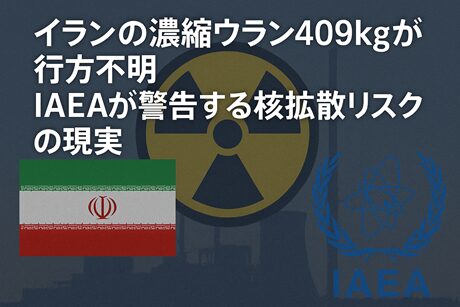
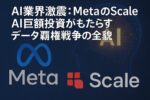

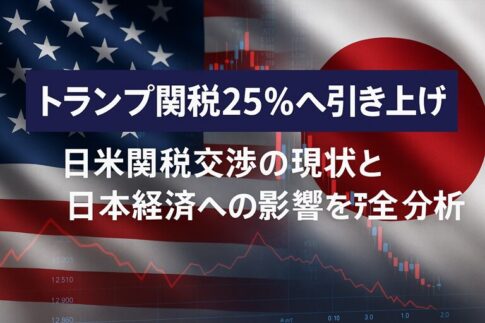
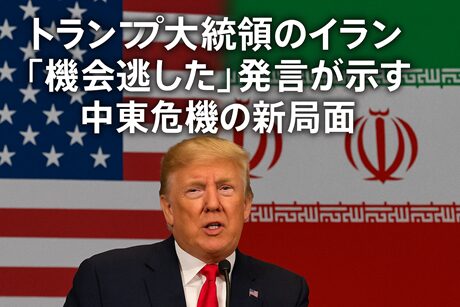
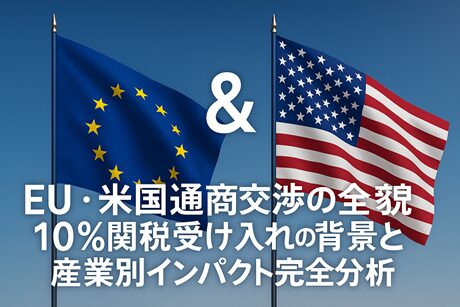
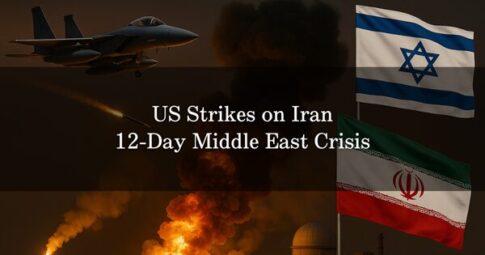

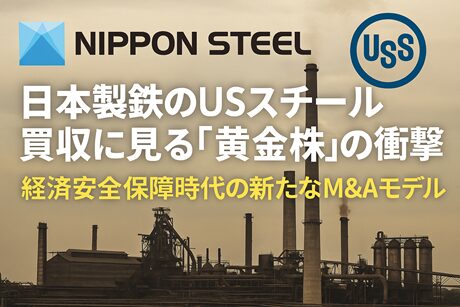
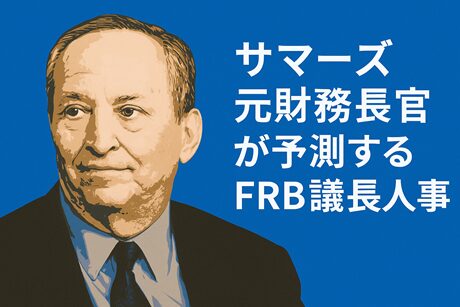
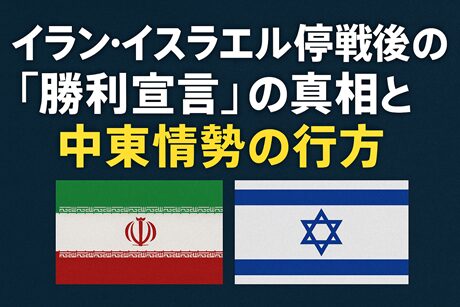

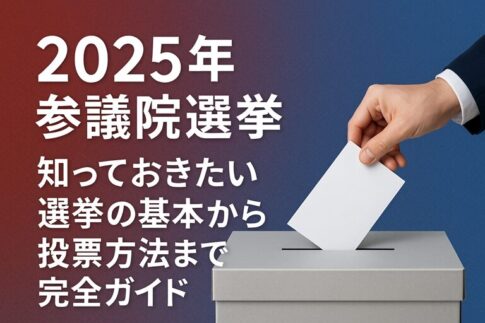


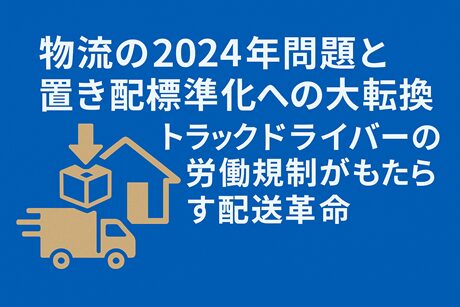

Leave a Reply